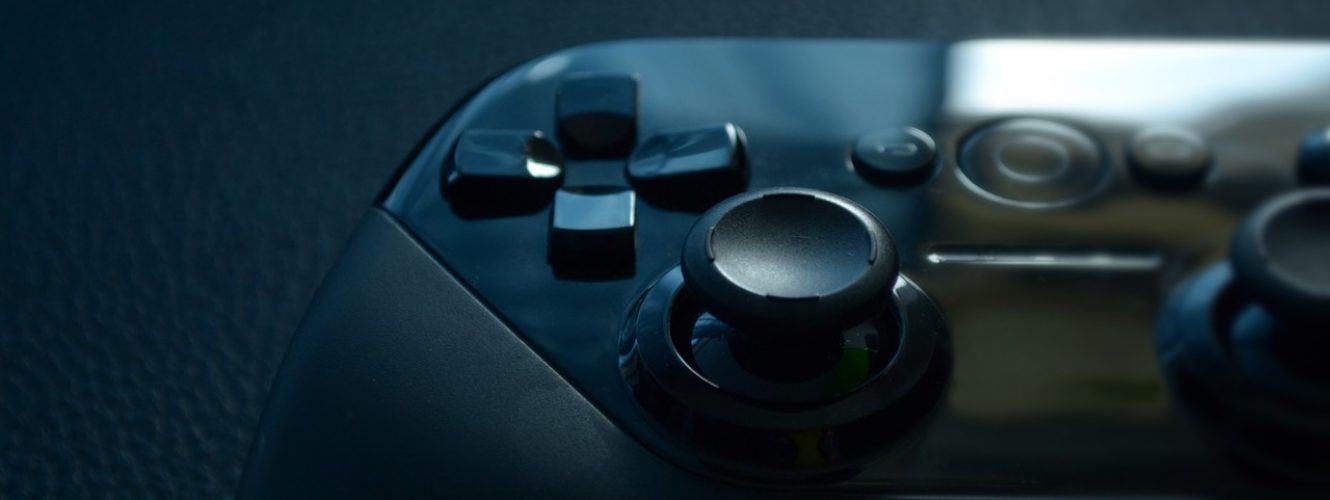Are you thinking about visiting South Korea on your travels? Seoul is a great travel destination. There are so many fun and exciting things to do on a vacation or extended trip. If you are wanting to know more about the countrys rich culture and history, it is a must for you to explore the Changdeokgung Palace.
The Changdeokgung Palace is located in Jongnu-gu, Seoul. It is known to be one of the five grand palaces that were built by kings of the Joseon Dynasty between the times of 1392 to 1897. It is also known as the East Palace or the Prospering Virtue Palace.
It’s one of the must-see tourism attractions in this wonderful Korean city. You can stay nearby or in the centre of Seoul in fantastic hotels, which have wonderful facilities and connectivity. These travel accommodations offer a great base for sightseeing. Although there are very few self catering houses or apartments like in other popular holiday destinations around the globe. The reception staff or concierges at these hotels will recommend the Changdeokgung Palace and provide directions and tips on visiting.
The palace was burnt so many times. First was in 1592 during the Japanese invasion and was reconstructed by King Seonjo and King Gwanghaegun in 1609. The second time was in 1623 after a revolution was led by King Injo. Amidst the attacks and political revolt, the Changdeokgung Palace continued to be repaired and reconstructed maintaining its original design.
In the present day, the palace still has 13 buildings standing and 28 pavilions in the gardens, which includes the secret garden that is now called Biwon. The garden has a lotus pond, pavilion, trees, flowers and a beautiful landscape. The secret garden was forbidden and was for private use only of the king. It was originally called Geumwon (forbidden garden) and Naewon (inner garden), but it was popularly known to many as Huwon (rear garden). Even high officials were not allowed to enter the garden without permission.
The palace has the largest of all palace gates called the Donhwamun Gate. Originally built in 1412, the main palace gate is a two-story wooden structure. It is so big it sort of looks like a pavilion. In the palace you can also find one of Seouls oldest bridges, the Geumcheongyo Bridge, which was built in 1411.
The palace is home to Seouls National Treasures, such as the Injeongjeon Hall or the throne hall, Daejojeon Hall (the empress or queens room), Seonjeongjon Hall (officials hall where meetings took place), and the Nakseonjae (kings bedroom). The Huijeongdang Hall was originally the kings chambers but it was too small to host gatherings. The Juhamnu pavilion or Kujanggak was where the royal libraries stood.
Its easy to get to the Changdeokgung Palace as it has been recognized by UNESCO Committee as part of the World Cultural Heritage List in December 1997. Palace tours are closed on Mondays and tickets for the tours are limited to a hundred each tour. Fifty tickets are sold online and the remaining 50 tickets are sold on the day at the ticket office.
If you happen to be travelling with a family that has a baby, they have 8 strollers available for rental. Most of the tours are free for children aged 6 and below, people with disabilities and men of national merits. Jongno residents can take advantage of a 50% discount just as long as they are able to show an ID. They also offer interpretation services for foreigners who want to learn more of the palaces history.







